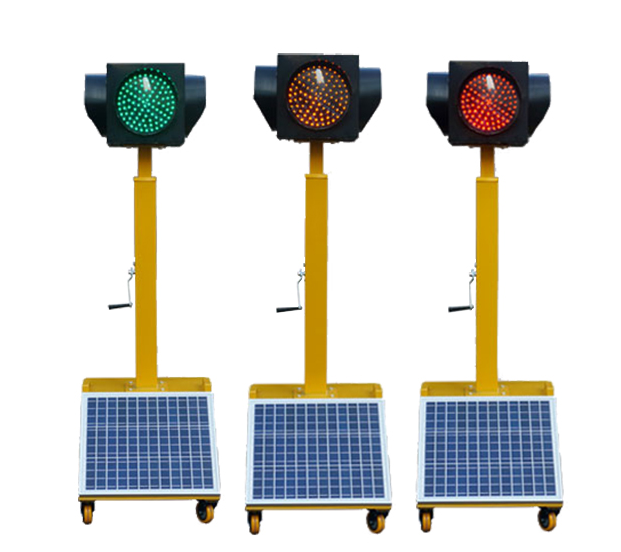Diversified development of hardware industry seeks transformation
In recent years, the Chinese hardware industry has seen a shift toward larger scale and more diversified operations. As China's economy transitions from high-speed growth to steady, medium-speed development, the era of rapid expansion in the hardware market has come to an end. This has led to significant overcapacity issues. In response, industry transformation, increased investment in technology, and improved product quality have become essential for long-term sustainability.
The development of the hardware industry is increasingly focused on scale. Major hardware production clusters are concentrated in provinces such as Zhejiang, Jiangsu, Shanghai, Guangdong, and Shandong. For instance, Zhejiang’s Yongkang Hardware and Electromechanical Cluster, Shandong’s Linyi Hardware Market, Hangzhou’s New Century Lock Market, Shanghai’s Hardware & Electrical Trade City, Chengdu’s Jinfu Hardware & Electromechanical City, and Guangdong’s Guangfo Hardware & Electrical City are all key players. Over the past years, China’s daily hardware products have gained global recognition. The country has established 14 technological development centers, including those for zippers, electric shavers, stainless steel vessels, and bicycle locks, along with 16 product centers like pressure cookers and lighters. China has also become one of the world’s largest manufacturers and exporters of hardware products, with export growth expected to remain around 10% in 2013.
Diversification is another major trend in the hardware industry. Across the country, specialized hardware markets have evolved into a well-balanced structure, combining large-scale operations with smaller, niche markets. Take Tianjin’s hardware sector as an example: the city hosts four major hardware markets — Tianjin International Hardware & Electromechanical City, New South Road Hardware City, North Hardware City, and Zhujiang Hardware City — each with annual sales exceeding 20 billion yuan. These markets have developed unique business models based on their positioning. The International Hardware & Electromechanical City in the city center follows a comprehensive, high-end approach, featuring commercial stores, luxury office buildings, and five-star hotels. Meanwhile, North Hardware City specializes in plumbing and solar wholesale, while Zhujiang Hardware City focuses on decorative tools. Together, these markets attract over 60% of Tianjin’s hardware operators and bring in renowned domestic and international brands, making the area one of the largest wholesale hubs in northern China.
To further expand and strengthen the industry, transformation and upgrading are crucial. The market is shifting from oversupply to a more balanced state, pushing the focus from price competition to quality and technological innovation. As competition intensifies, profit margins across the supply chain are shrinking, leaving less room for price cuts. Additionally, international demand for Chinese hardware products is evolving, with higher expectations regarding quality, packaging, delivery times, and even production processes.
Industry experts suggest that this transformation will lead to a new foreign trade model, with a growing emphasis on high-tech and high-value exports. Products such as wire rope shears, bolt cutters, saw frames, machine tools, telecom tools, household tools, steel tape measures, and spirit level gauges are gradually replacing lower-value items. This shift not only enhances China’s global competitiveness but also signals a more sustainable and innovative future for the hardware industry.


Solar traffic lights are innovative devices that utilize solar energy to power traffic signals. These lights are equipped with solar panels that capture sunlight and convert it into electricity, which is then stored in batteries for use during the night or on cloudy days.
Key Features
- Renewable Energy Source: Solar traffic lights harness energy from the sun, making them environmentally friendly and sustainable.
- Battery Storage: Excess energy is stored in batteries to ensure continuous operation even when sunlight is not available.
- LED Lights: High-efficiency LED bulbs are used to reduce energy consumption and increase visibility.
Benefits
- Reduced Carbon Footprint: By using solar power, these lights help reduce greenhouse gas emissions and promote cleaner air.
- Low Maintenance: Solar traffic lights typically require less maintenance compared to traditional systems, as they have fewer moving parts.
- Cost-Effective: Over time, the use of solar energy can lead to significant cost savings on electricity bills.
In summary, solar traffic lights offer a sustainable and efficient solution for managing traffic while minimizing environmental impact.
solar traffic lights,solar powered traffic lights,portable traffic lights,led stop signs solar,solar traffic signs
Yangzhou M.T. New Energy & Lighting Group Co., Ltd. , https://www.mtstreetlight.com